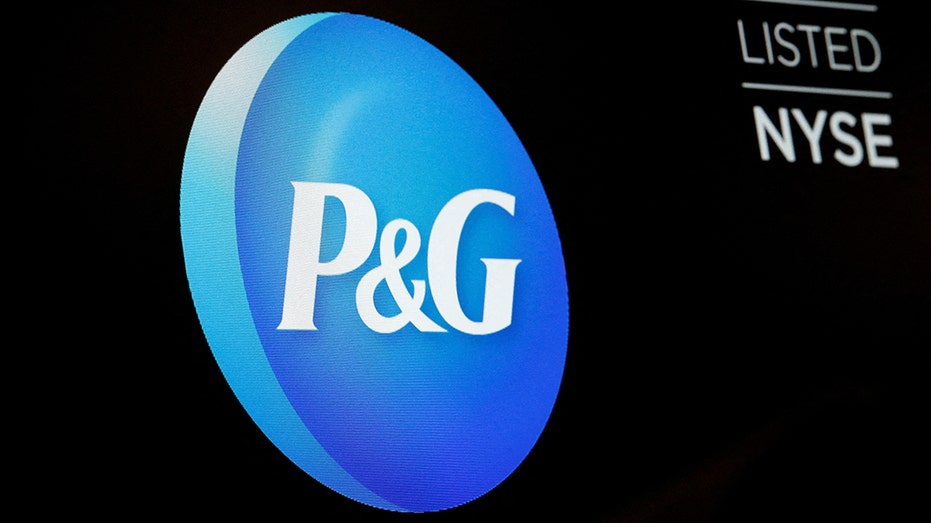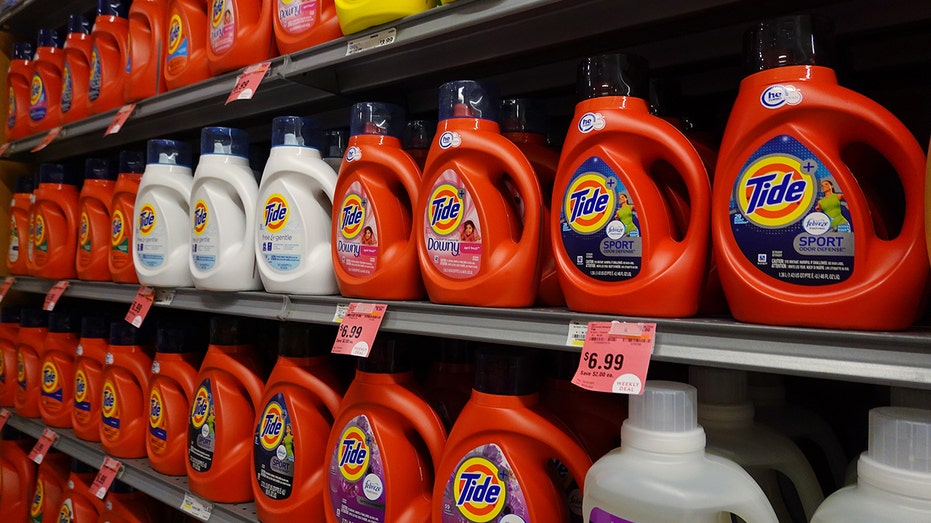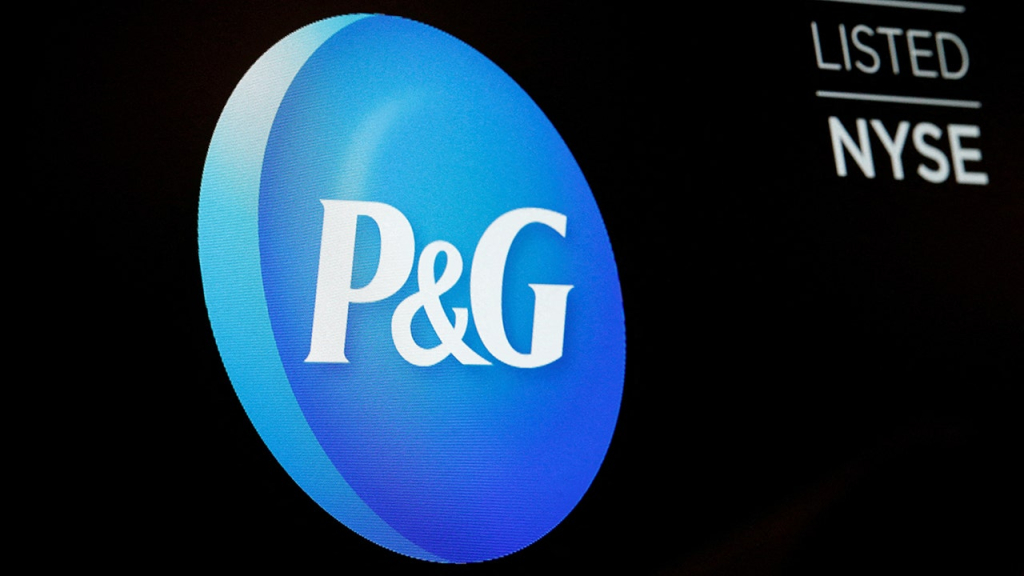Procter & Gamble announced on Thursday plans to eliminate up to 7,000 jobs, amounting to 15% of its non-manufacturing workforce, as part of a comprehensive restructuring initiative that will unfold over the next two years.
The company stated, “As always, employee separations will be managed with support and respect, and in line with our principles and values and local laws.” However, detailed information concerning the impacts by region or site was not immediately available.
This two-year restructuring strategy comes as major consumer goods companies, including P&G and Unilever, prepare for anticipated sluggish demand in 2025, largely attributed to increasing uncertainties surrounding U.S. tariffs. P&G clarified that its restructuring is not a direct response to any specific factor in the external environment, which encompasses tariffs and other global challenges.

DISNEY CUTS HUNDREDS OF TV AND FILM JOBS AMID STREAMING EXPANSION
During a presentation at the Deutsche Bank Consumer Conference in Paris, P&G executives emphasized that this is not merely a new strategy but an accelerated approach to enhance their existing framework in an increasingly competitive environment.
The organizational adjustments aim to create “broader roles, smaller teams, and more fulfilling and efficient work,” with a focus on incorporating digitalization and automation into the company’s operations.
| Ticker | Security | Last | Change | Change % |
|---|---|---|---|---|
| PG | PROCTER & GAMBLE CO. | 163.01 | -2.95 | -1.78% |
As part of the restructuring, P&G also plans to refine its product portfolio, which may involve withdrawing from certain categories, brands, or products in specific markets and considering potential brand divestitures.
CHEVRON TO LAY OFF APPROXIMATELY 200 EMPLOYEES IN TEXAS IN 2025
The anticipated portfolio modifications are designed to “drive various benefits, including efficiencies, faster innovation, and cost reduction” within the supply chain, according to the company.
P&G acknowledged the challenges ahead, stating, “Looking ahead, consumers face greater uncertainty. Competition is fierce. The geopolitical environment is unpredictable. And technology is rapidly transforming nearly every aspect of daily life.” However, they also noted that there are significant growth opportunities by better serving currently unaddressed consumer needs and expanding into new segments.

The firm anticipates incurring costs between $1 billion and $1.6 billion before taxes over the next two years, with approximately 25% of these charges expected to be non-cash in nature.
Reuters contributed to this report.


























